Imaginary voyages : Picasso and the Ballets Russes
Between Italy and Spain
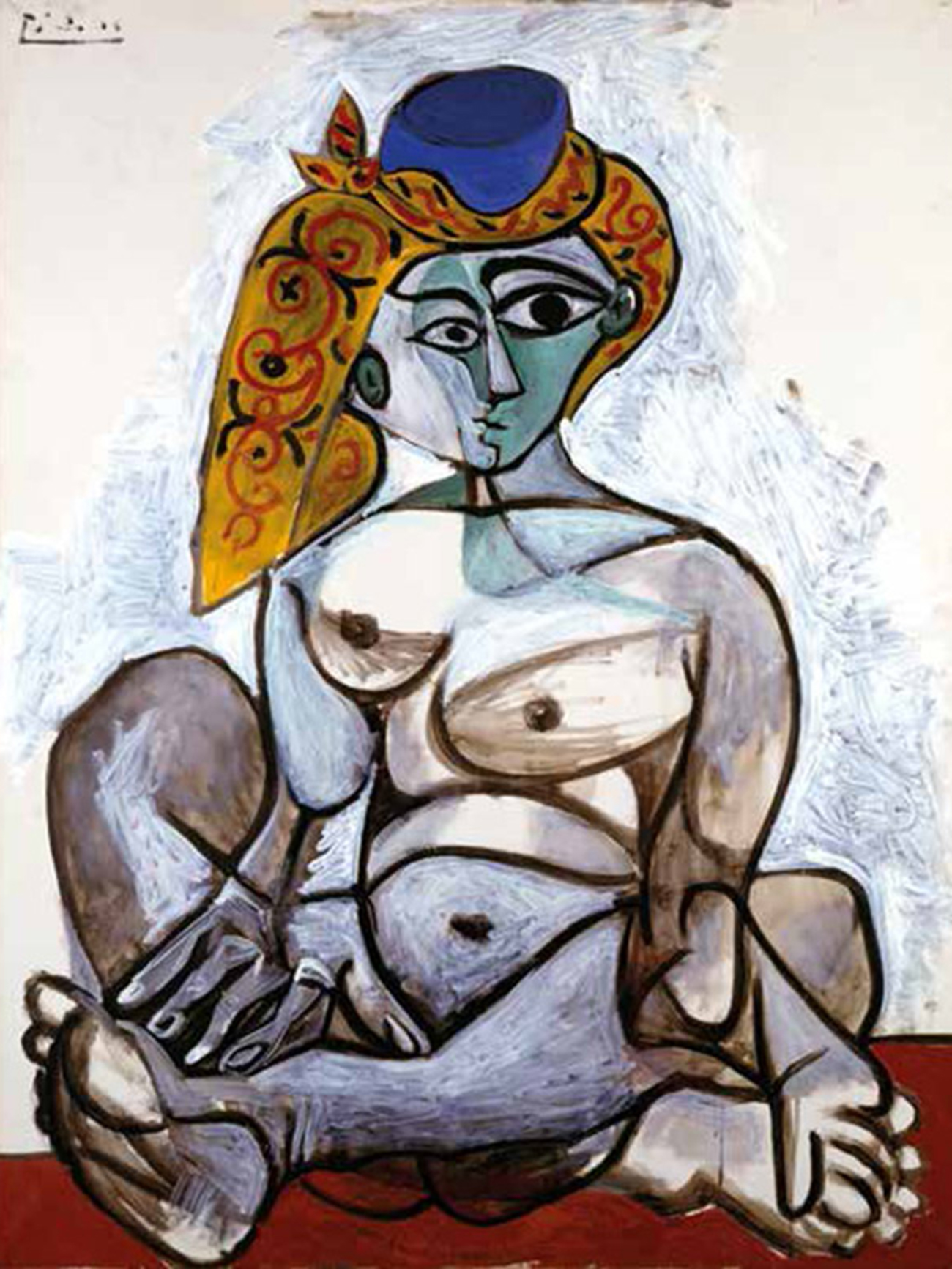

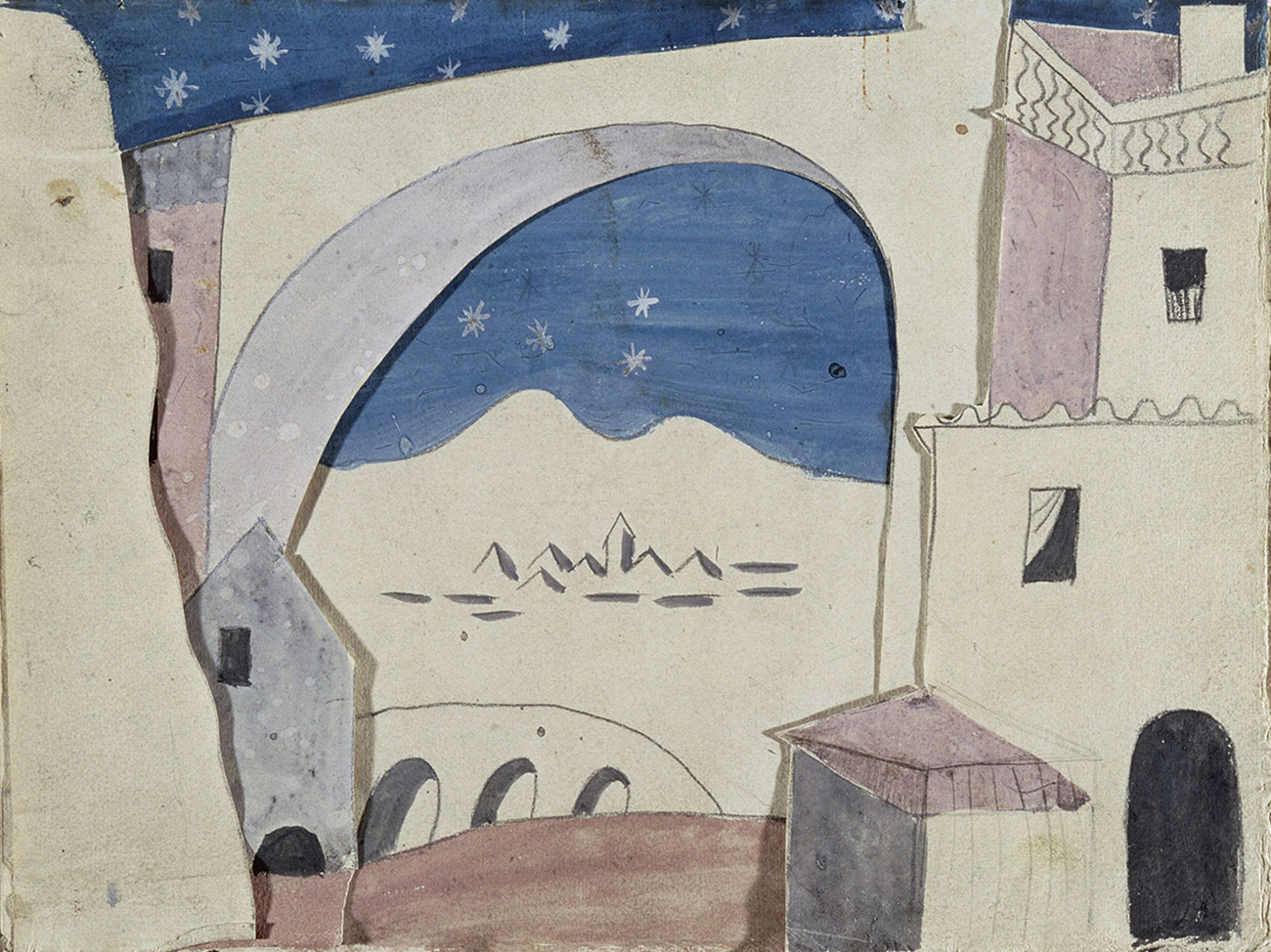
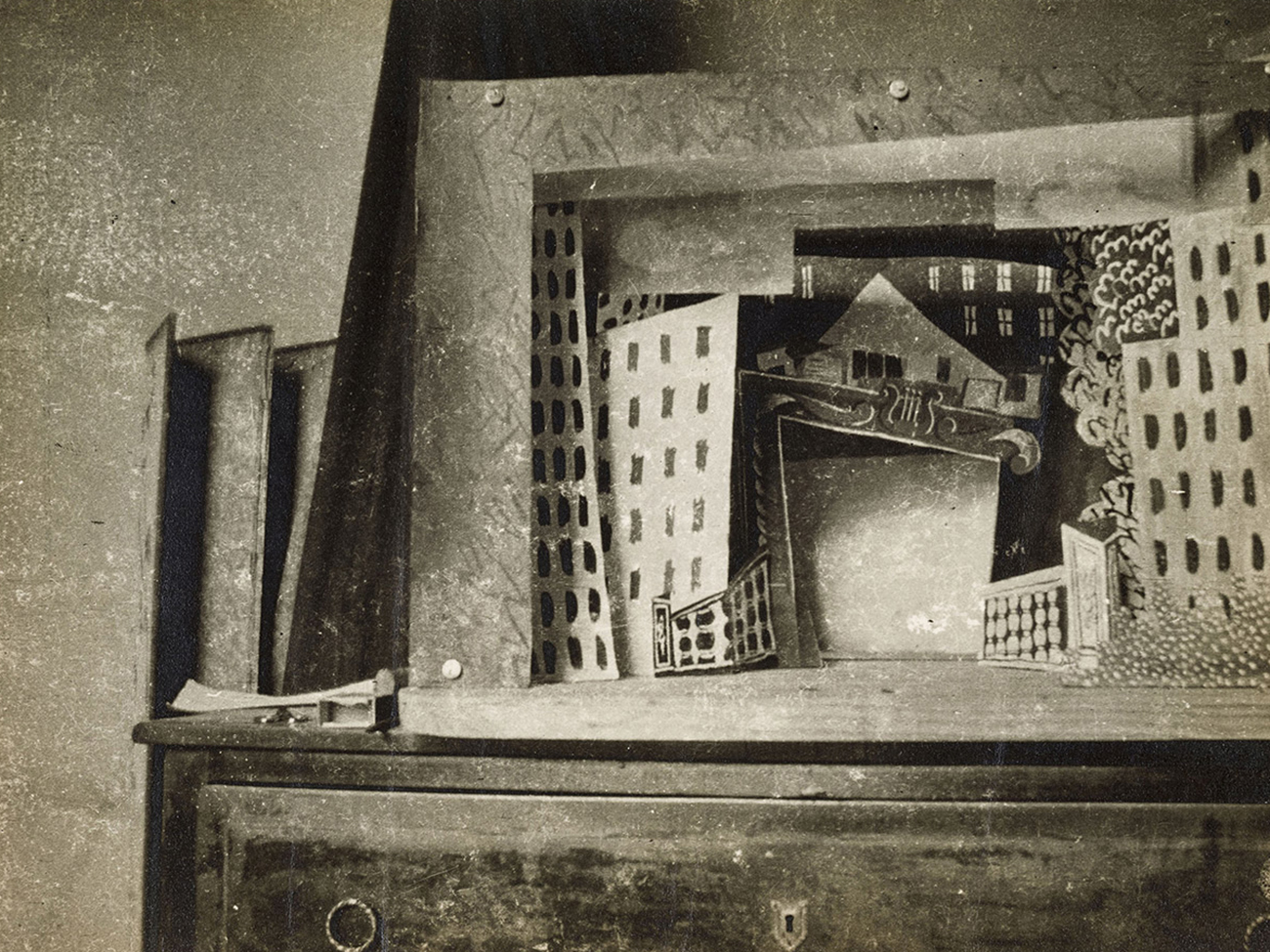
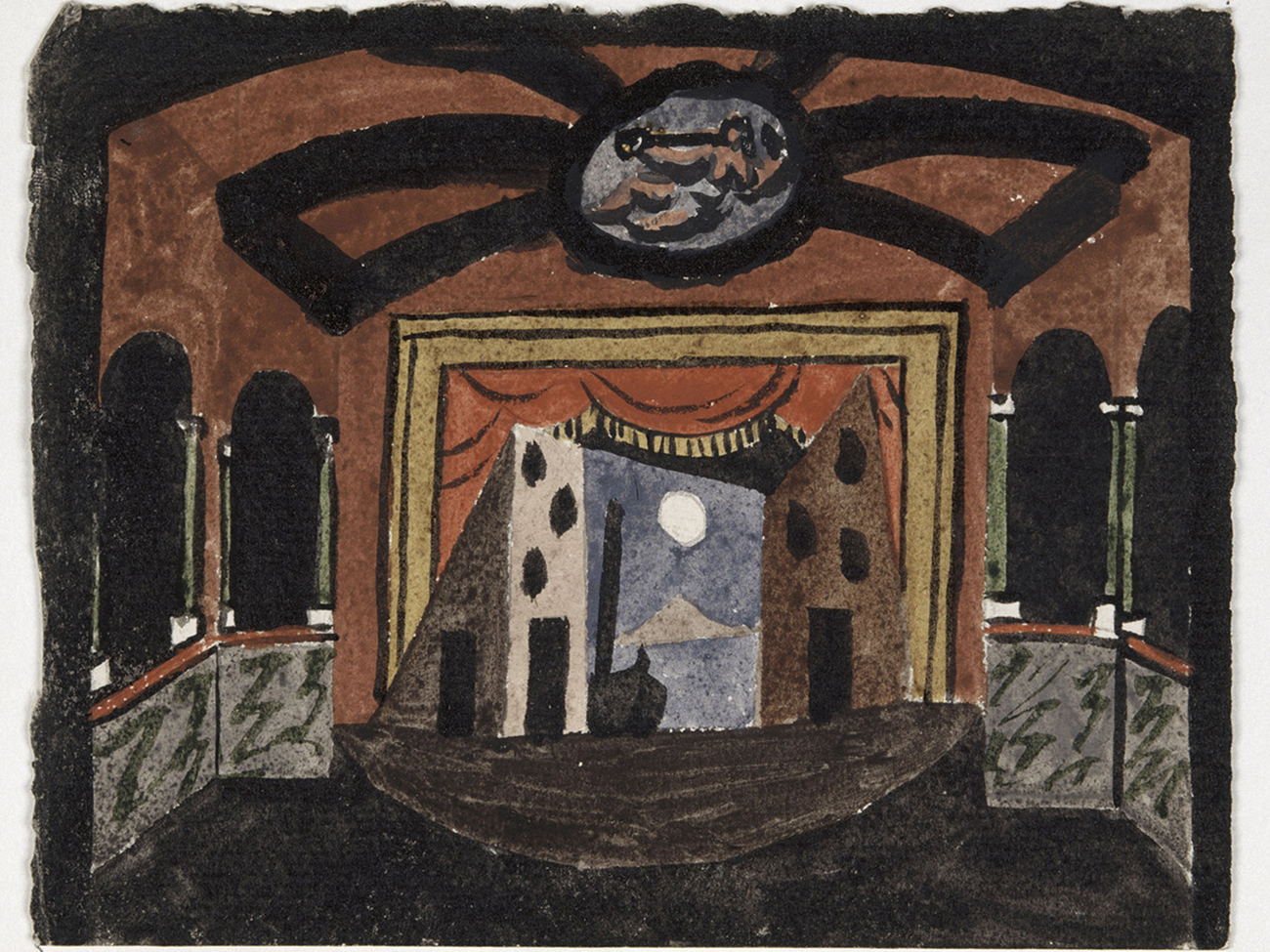
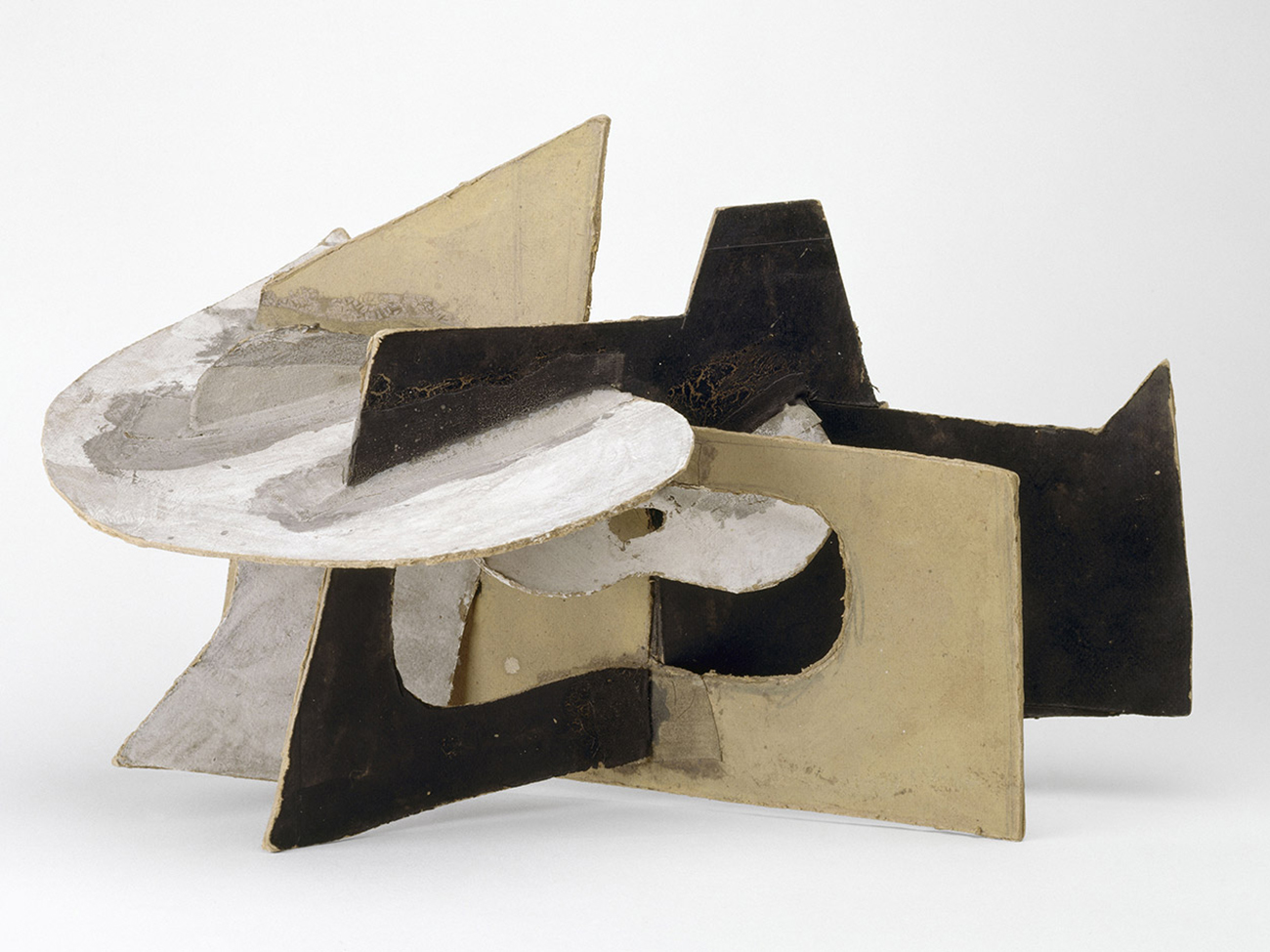
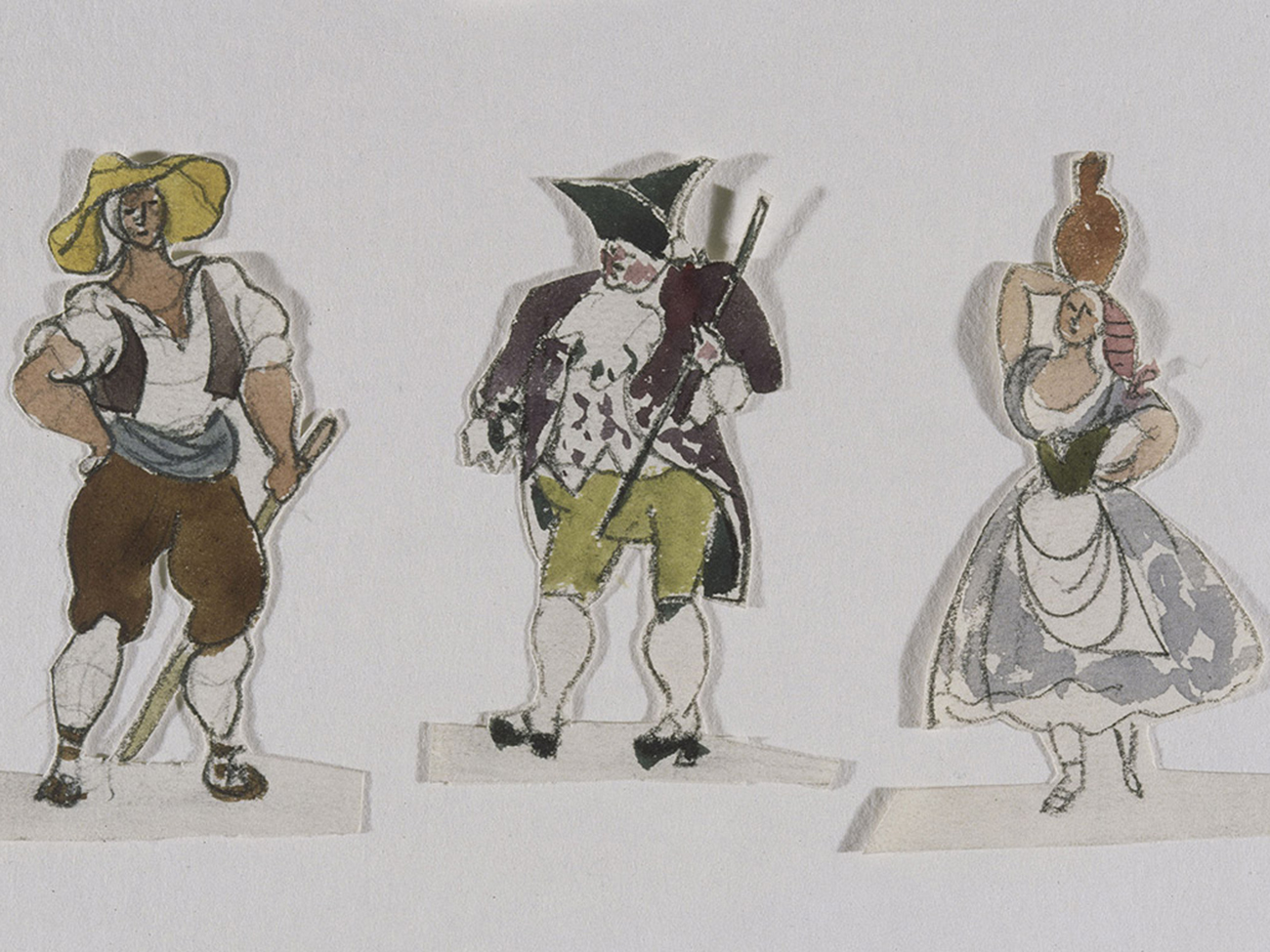
From the Mucem to the Centre de la Vieille Charité, Picasso, Imaginary Voyages is the major exhibition of 2018 in the museums of Marseille.
At the Mucem, the exhibition is presenting the exhibition Picasso and the Ballets Russes, between Italy and Spain.
Picasso’s strong links with popular arts and traditions were highlighted in spectacular fashion in his stage designs and costumes for Serge Diaghilev’s Ballets Russes company.
Between 1916 and 1921, Picasso collaborated on four productions for which he created the sets and costumes: the ballets Parade (1917), Tricorne (1919), Pulcinella (1920) and Cuadro Flamenco (1921). The experience brought the painter into contact with the language of the body and dance, inspiring him to explore new formal possibilities, which he combined with elements borrowed from puppet theatre, commedia dell’arte, sacred art and Spanish folklore.
Juxtaposing works by the artist (canvases, drawings, sketches, models, costumes) with objects from the Mucem’s collections, the exhibition reveals how Picasso was able to assimilate and reinterpret the figurative traditions of his time, placing them at the heart of a new form of modernity.
Curators: Sylvain Bellenger, General Director of the Museo di Capodimonte; Luigi Gallo, art historian; Carmine Romano, art historian
Exhibition design: Dodeskaden
At the Centre de la Vieille Charité, the exhibition brings together more than one hundred masterpieces – paintings, sculptures, assemblages, drawings – in juxtaposition with the artist’s collection of postcards and key works from Marseille’s museums. It reflects the breadth of Picasso’s curiosity, sharpened by his boundless desire to discover cultures other than his own.
The starting point for this imaginary journey was Marseille in 1912, where Picasso bought the African masks that would exert a crucial influence on his work.
The exhibition travels to five destinations, embracing voyages both real and imagined: Bohème Bleue, Afrique fantôme, Amour antique, Soleil noir and Orient rêvé, all journeys into Picasso’s imagination: ‘If all the ways I have been along were marked on a map and joined up with a line, it might represent a minotaur.’
The highlight of the exhibition, the sculpture Les Baigneurs, is displayed at the centre of the majestic setting of the Chapelle de la Vieille Charité, creating a new dialogue between Picasso’s theatrical designs and Pierre Puget’s Baroque architecture.
Curators: Xavier Rey, director of the Musées de Marseille; Christine Poullain, honorary director of the Musées de Marseille; Guillaume Theulière, assistant curator at the Musées de Marseille
Exhibition design: e.deux – Etienne Lefrançois, Emmanuelle Garcia
Special offer
Ticket for 2 Picasso ‘Voyages imaginaires’ exhibitions: €15
Single price for 1 person, from 16 February to 24 June 2018, on sale only at Mucem and Vieille Charité
Interview with Carmine Romano, co-curator of the exhibition at the Mucem.
From the Mucem to the Centre de la Vieille Charité, Picasso, Imaginary Voyages is the major exhibition of 2018 in the museums of Marseille.
At the Mucem, the exhibition is presenting the exhibition Picasso and the Ballets Russes, between Italy and Spain.
Picasso’s strong links with popular arts and traditions were highlighted in spectacular fashion in his stage designs and costumes for Serge Diaghilev’s Ballets Russes company.
Between 1916 and 1921, Picasso collaborated on four productions for which he created the sets and costumes: the ballets Parade (1917), Tricorne (1919), Pulcinella (1920) and Cuadro Flamenco (1921). The experience brought the painter into contact with the language of the body and dance, inspiring him to explore new formal possibilities, which he combined with elements borrowed from puppet theatre, commedia dell’arte, sacred art and Spanish folklore.
Juxtaposing works by the artist (canvases, drawings, sketches, models, costumes) with objects from the Mucem’s collections, the exhibition reveals how Picasso was able to assimilate and reinterpret the figurative traditions of his time, placing them at the heart of a new form of modernity.
Curators: Sylvain Bellenger, General Director of the Museo di Capodimonte; Luigi Gallo, art historian; Carmine Romano, art historian
Exhibition design: Dodeskaden
At the Centre de la Vieille Charité, the exhibition brings together more than one hundred masterpieces – paintings, sculptures, assemblages, drawings – in juxtaposition with the artist’s collection of postcards and key works from Marseille’s museums. It reflects the breadth of Picasso’s curiosity, sharpened by his boundless desire to discover cultures other than his own.
The starting point for this imaginary journey was Marseille in 1912, where Picasso bought the African masks that would exert a crucial influence on his work.
The exhibition travels to five destinations, embracing voyages both real and imagined: Bohème Bleue, Afrique fantôme, Amour antique, Soleil noir and Orient rêvé, all journeys into Picasso’s imagination: ‘If all the ways I have been along were marked on a map and joined up with a line, it might represent a minotaur.’
The highlight of the exhibition, the sculpture Les Baigneurs, is displayed at the centre of the majestic setting of the Chapelle de la Vieille Charité, creating a new dialogue between Picasso’s theatrical designs and Pierre Puget’s Baroque architecture.
Curators: Xavier Rey, director of the Musées de Marseille; Christine Poullain, honorary director of the Musées de Marseille; Guillaume Theulière, assistant curator at the Musées de Marseille
Exhibition design: e.deux – Etienne Lefrançois, Emmanuelle Garcia
Special offer
Ticket for 2 Picasso ‘Voyages imaginaires’ exhibitions: €15
Single price for 1 person, from 16 February to 24 June 2018, on sale only at Mucem and Vieille Charité

Interview with Carmine Romano, co-curator of the exhibition at the Mucem.




